
A sewing machine is an essential tool for any sewing enthusiast. Whether you are working on a simple repair or creating a beautiful garment from scratch, understanding what your sewing machine stitches should look like is crucial for achieving high-quality results.
1. Straight Stitches
One of the most common types of stitches produced by sewing machines is the straight stitch. Straight stitches are typically utilized for various sewing tasks, such as seaming, topstitching, and creating hems.

When examining straight stitches, they should appear consistent in length with no loose threads or skipped stitches. The tension should be evenly balanced on both the top and bottom of the fabric, creating a neat and professional-looking finish.
2. Zigzag Stitches
Zigzag stitches are versatile and commonly used for finishing raw edges, applique, and decorative purposes. These stitches create a zigzag pattern on the fabric.

Properly formed zigzag stitches should have uniform width and length. The edges should be smooth without any loose threads or puckering. It’s essential to choose the appropriate stitch width and length settings on your sewing machine to achieve the desired outcome.
3. Decorative Stitches
Sewing machines often offer a variety of decorative stitches to add unique touches and embellishments to your projects. These stitches can include scallops, flowers, hearts, or other decorative patterns.

When using decorative stitches, the key is to maintain consistent tension and pattern definition. Fine details and intricate patterns should be visible without any loose threads or distortion.
4. Buttonhole Stitches
Buttonholes are an essential part of garments that require buttons for closure. Sewing machines have specific stitches designed to create buttonholes automatically or manually.

Buttonhole stitches should have clean and well-defined edges with no loose or skipped stitches. The length and width of the buttonhole should match the button size, ensuring a secure fit.
5. Overlock Stitches
Overlock stitches, also known as serger stitches, are used to finish raw fabric edges and prevent fraying. They offer a professional and durable finish, commonly found in ready-to-wear garments.

Proper overlock stitches should encase the fabric edge while providing a clean and tidy finish. The threads should be evenly spaced and tightly secured without any loose tensions.
Understanding the different types of stitches that your sewing machine can create is fundamental for achieving high-quality sewing projects. By ensuring your stitches are consistent, balanced, and free from errors, you can create beautifully crafted garments and accessories that stand the test of time.
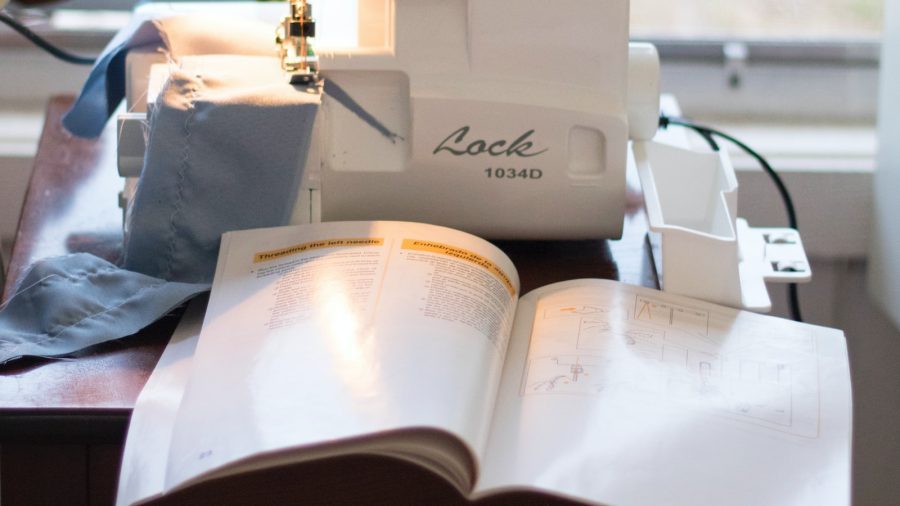
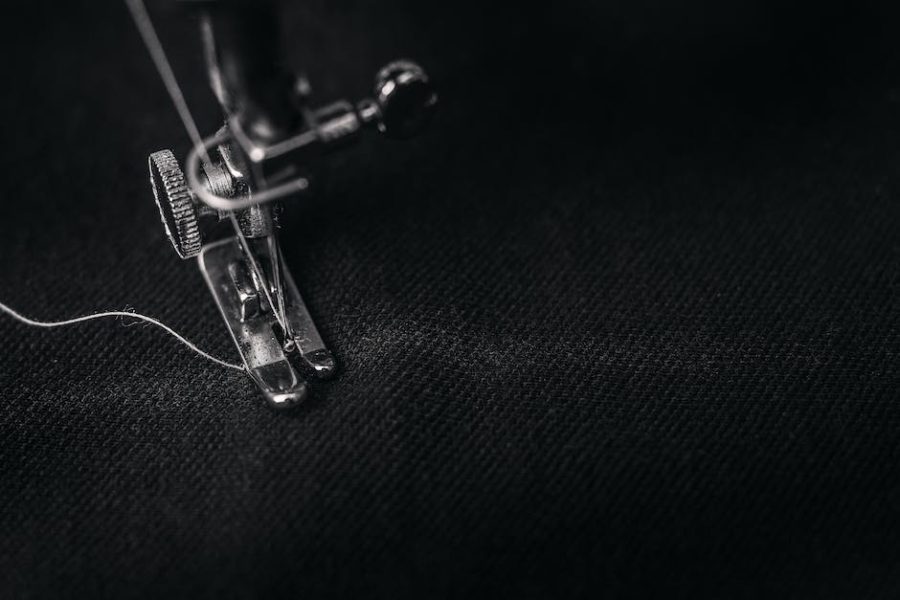
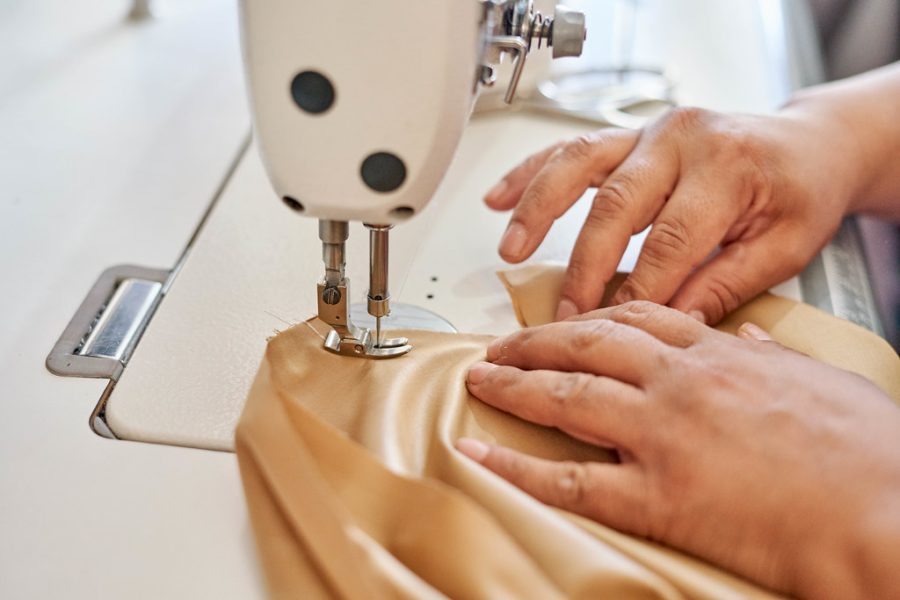
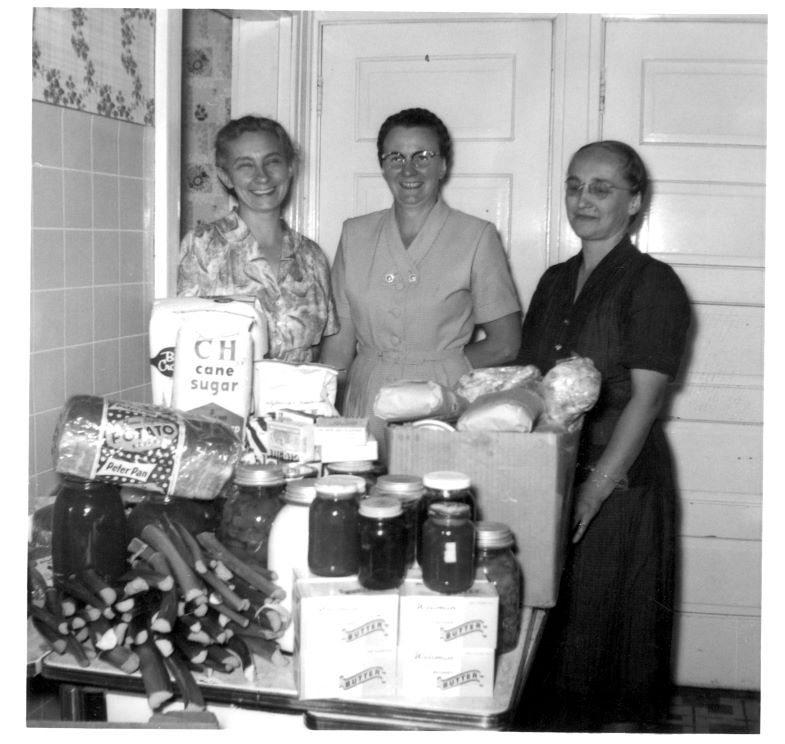
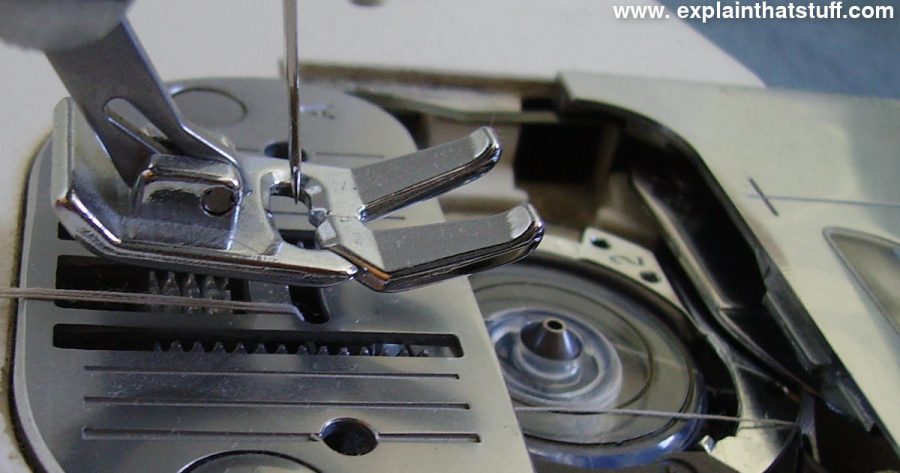
Nice post! #Sewing #Sewingmachine #Stitches
Nandi Cartwright: So helpful! #Sewing #Stitches #Sewingmachine
Great post! A great reference for all sewers, whether you’re just learning or have been sewing for years! #Sewing #Sewingmachine #Stitches
Love this info! #Sewing #Stitches #Sewingmachine